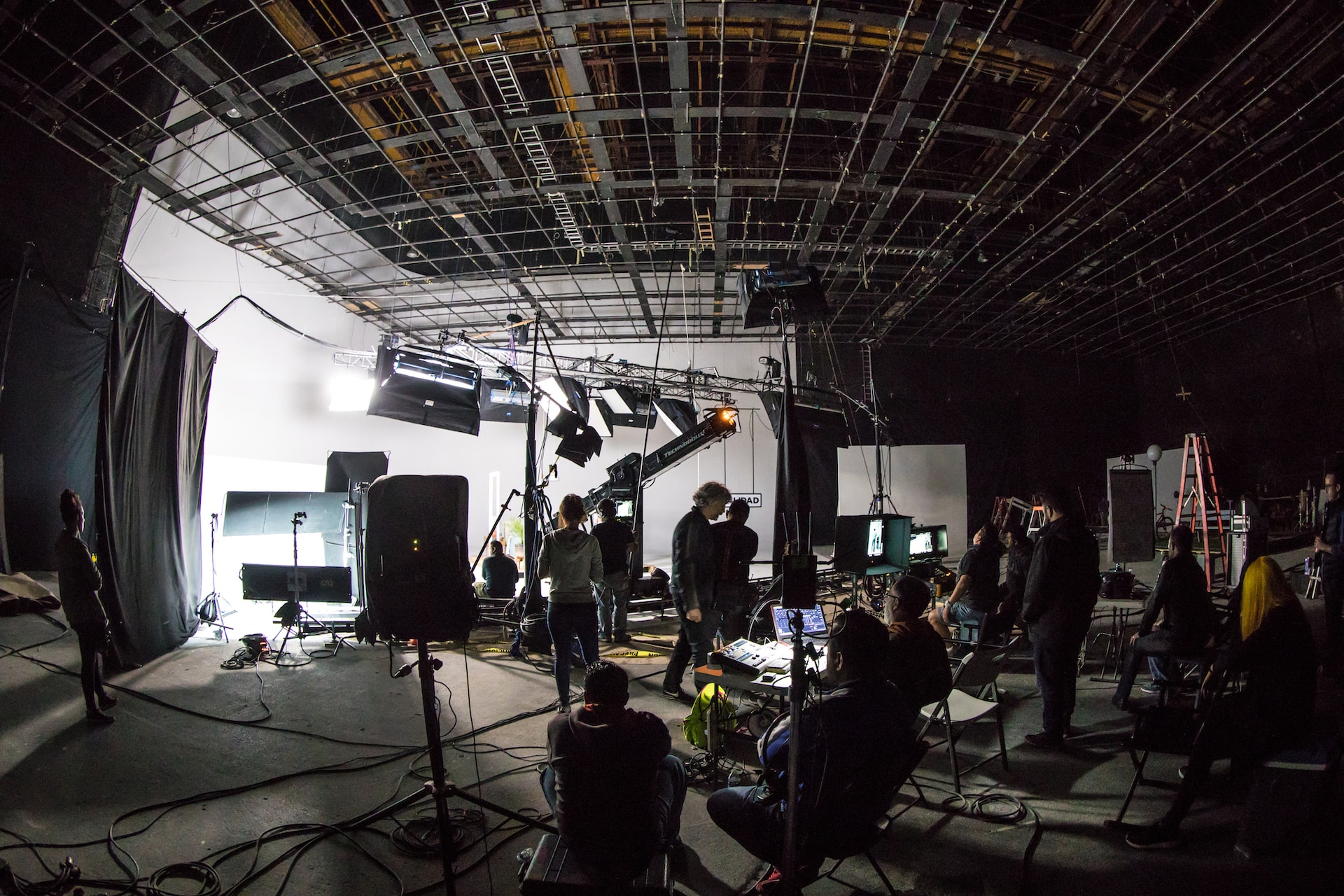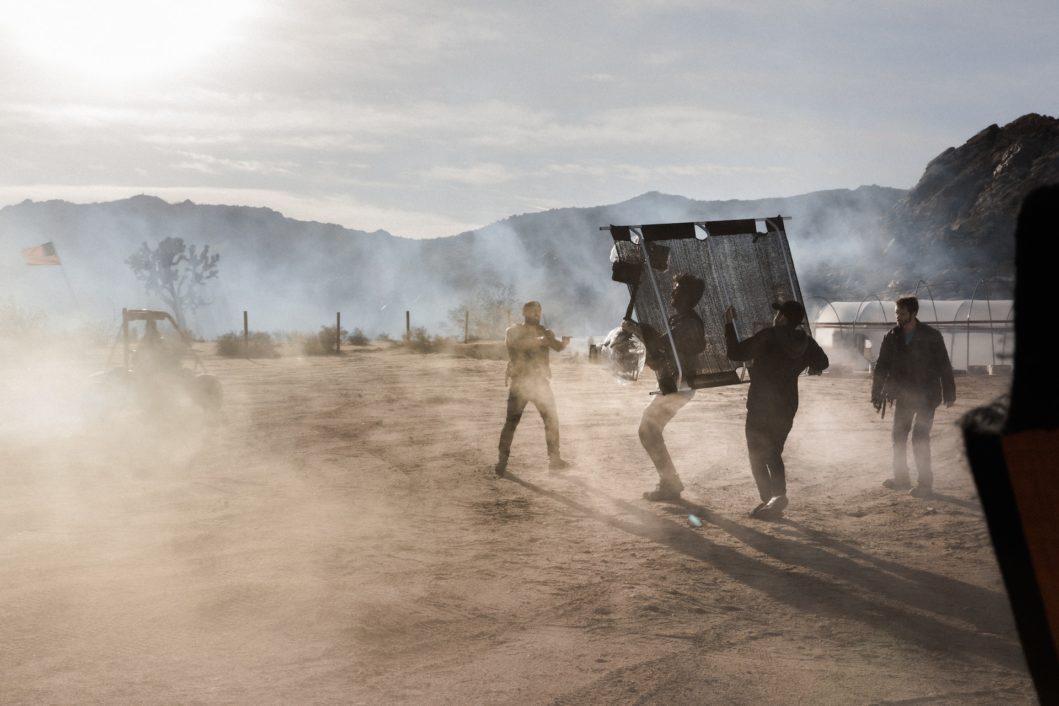In the enchanting realm of filmmaking, the art of cinematography serves as the silent storyteller, weaving narratives through the visual language of composition, lighting, and camera movement. This article embarks on a journey into the heart of cinematography, exploring its profound impact on storytelling through case studies that illuminate the intricate dance between the lens and the narrative.

Cinematography as a Narrative Tool:
Cinematography is not merely about capturing images but is a powerful means of conveying emotions, atmosphere, and character dynamics. By studying case studies, we can delve into how cinematographers leverage visual elements to complement and enhance the narrative.
The Grandeur of Long Takes:
Long takes, where a scene unfolds without a single cut, have become iconic in the world of cinematography. Alfred Hitchcock’s “Rope” (1948) and more recently, Alejandro Iñárritu’s “Birdman” (2014), showcase the technical prowess and narrative impact of seamlessly choreographed long takes. These examples invite us to appreciate how a continuous shot can immerse the audience in the story, creating a heightened sense of tension and engagement.
Play of Light and Shadow:
Lighting is a cinematographer’s paintbrush, and the interplay of light and shadow can transform a scene dramatically. Consider Roger Deakins’ work in “Blade Runner 2049” (2017), where the neon-soaked landscapes and moody atmospheres become integral to the film’s dystopian narrative. Through this case study, we can unravel the artistry behind choosing the right lighting techniques to evoke specific emotions and enhance storytelling.
Visual Metaphors in Composition:
Cinematographers often use composition as a visual language, weaving subtle metaphors into the frame. Analyzing the framing choices in a film like Wes Anderson’s “The Grand Budapest Hotel” (2014) unveils how meticulous composition can enhance storytelling. The symmetry and vibrant color palette in Anderson’s work contribute not only to the film’s visual appeal but also convey underlying themes and emotions.
Dynamic Camera Movements:
The movement of the camera is a choreography that guides the audience through the narrative. In “Children of Men” (2006), directed by Alfonso Cuarón, long, fluid tracking shots intensify the film’s tension and urgency. By dissecting such case studies, we gain insights into how dynamic camera movements can be a visceral and immersive storytelling tool.
In essence, cinematography is an art form that transcends the technicalities of capturing images; it is about translating the filmmaker’s vision into a visual poem that resonates with audiences. By examining case studies in cinematography, we gain a deeper appreciation for the nuanced decisions made behind the lens, unveiling the magic that transforms moving images into unforgettable cinematic experiences.

